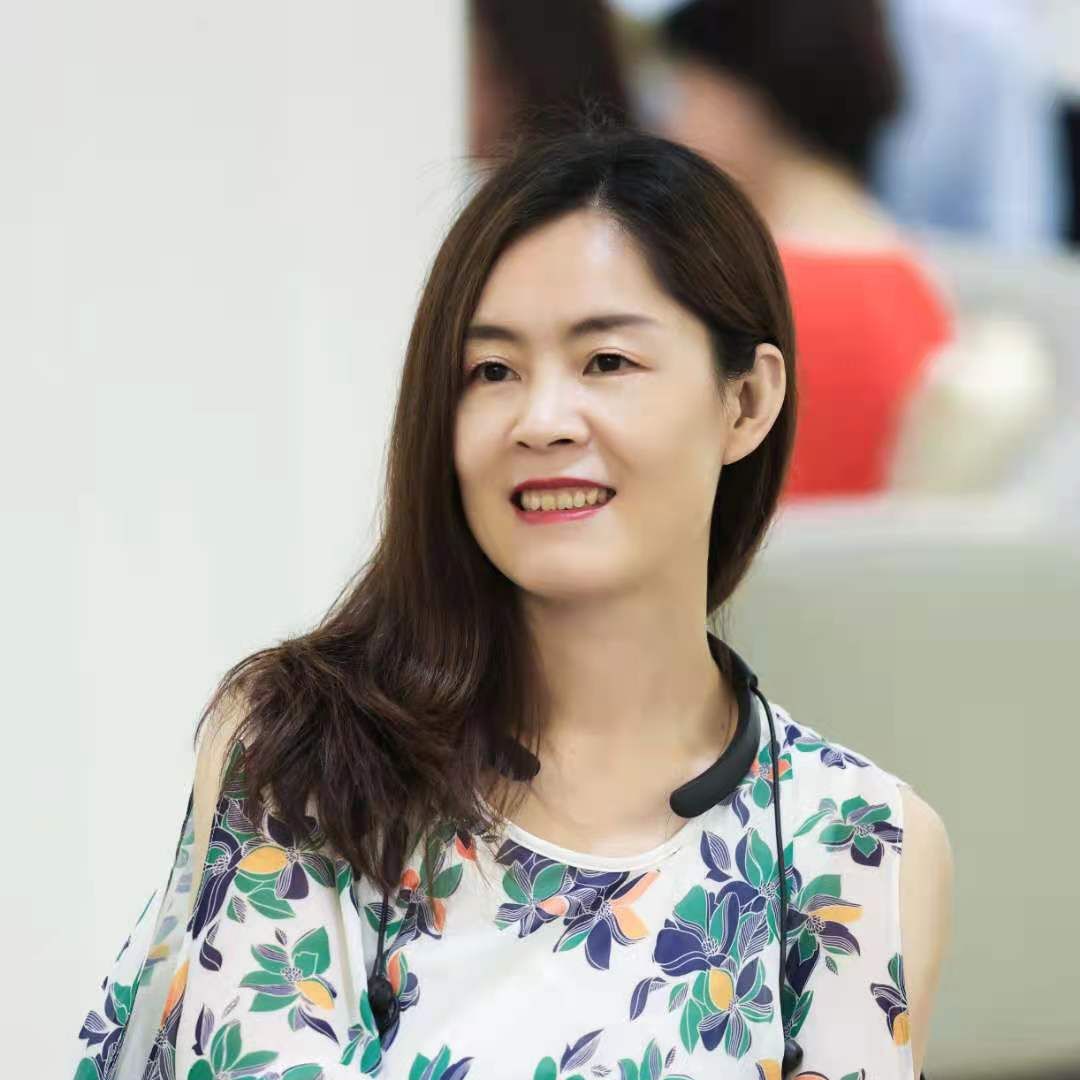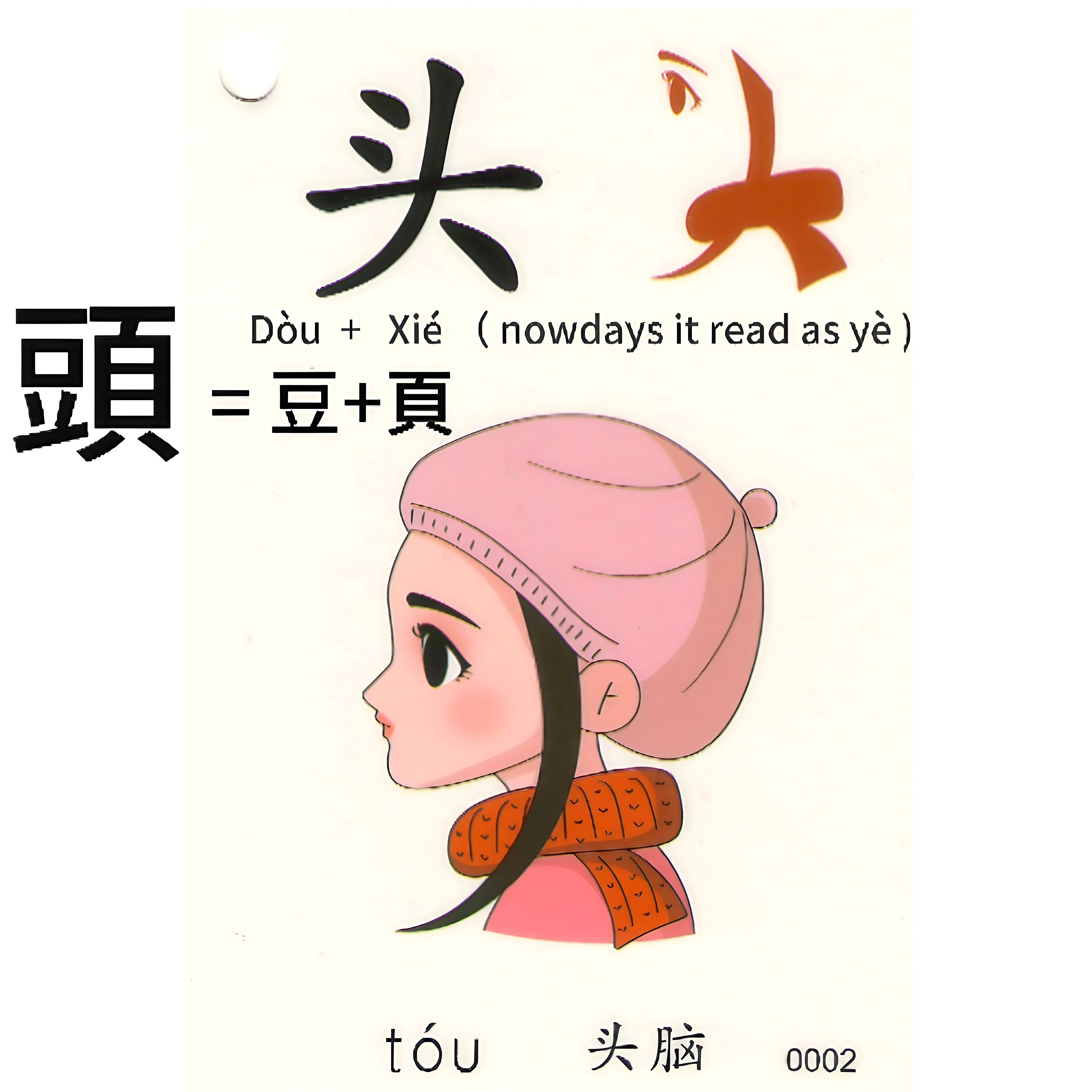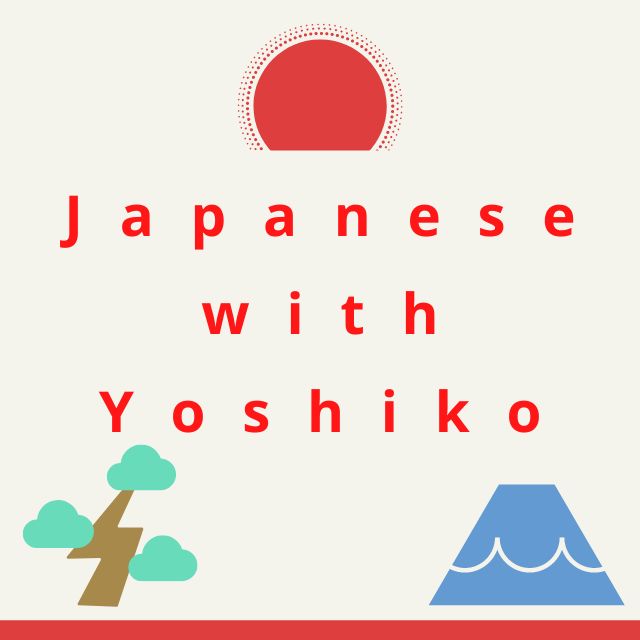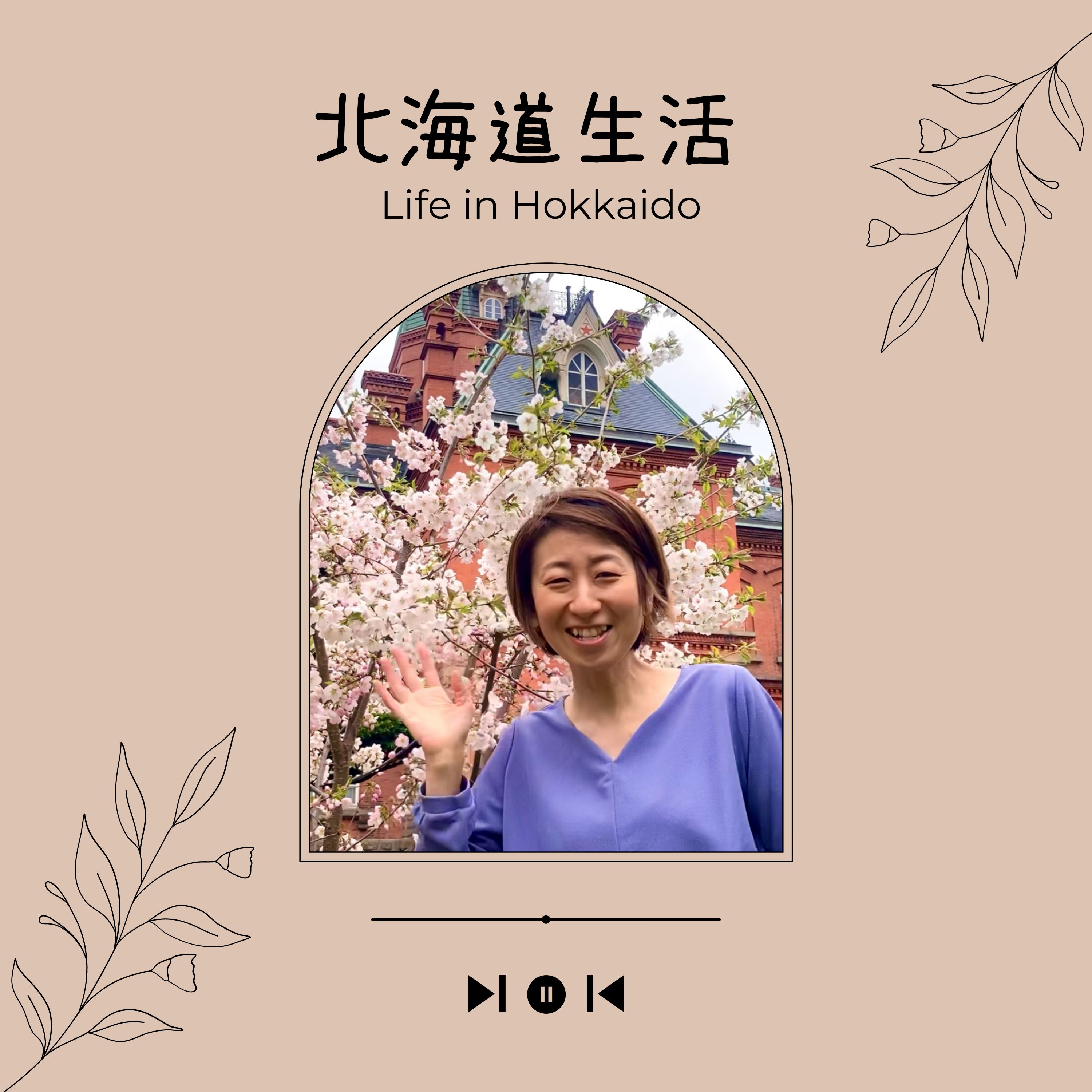寻找适合你的 英语 教师…

汉语语法之“了”
描述
1. - is used at the end of a sentence to indicate a change and to express a definite tone of voice
2. - The particle "了" can also be used in the structure "要/快/就要/快要 +V/Adj+了" to indicate that the action is about to happen or that the situation is about to change.
3. - The negative adverbs "没有" and "了" cannot occur at the same time. For example, you can either say "我没吃早饭" or "我吃早饭了", not "我没吃早饭了". However, the verbs "没有" and "了" can appear at the same time, e.g.: "我没有钱了."
4.- Some adverbs that emphasise the late occurrence of an action cannot occur at the same time as "了", e.g. "刚、才、刚刚", etc.
5.-Adverbs that indicate that the action occurs frequently and "了" cannot occur at the same time, e.g. "经常、常常、每", etc.
播客频道
Eva Wang的channel ——汉语语法对比合集
播客创作者
热门播客集

生活分享share my daily life with you
我最近的生活

每日一字
头

Mucho que decir
High blood pressure💔🎧🏥

La magia de la vida
Episodio 4: La nieve por primera vez

Japanese with Yoshiko(スクリプト付)
第46回:サウジでの引っ越し

北海道Hokkaido生活 for Japanese learners
〈#84〉6月29日水曜日 いちご狩り!

Spanish México
PORFIRIO DÍAZ 1.

Russfriend (all about russia)
А.П. Чехов "Дачники"